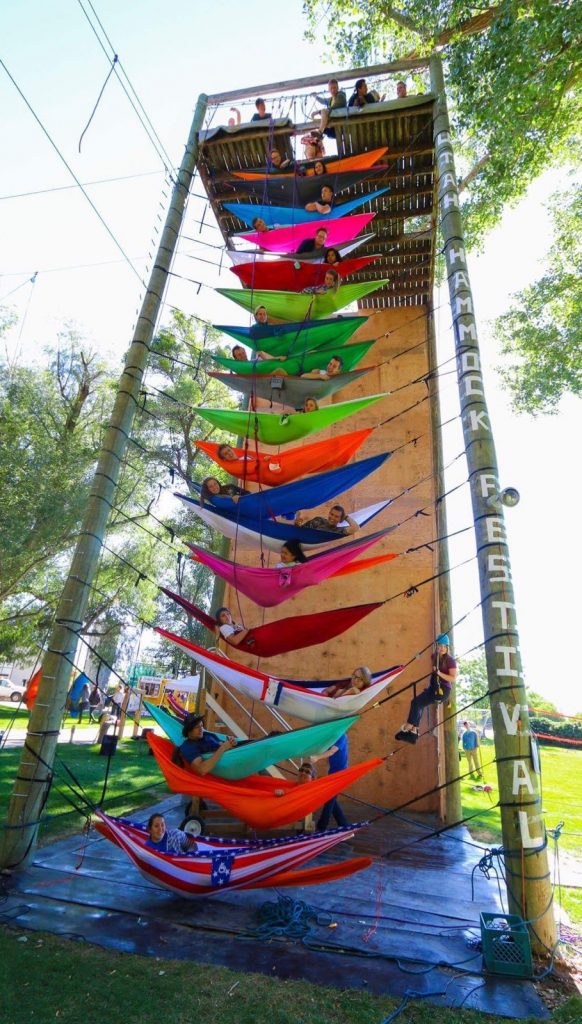
New materials and technology have made it easier than ever to take hammocks anywhere. Most are now made with lightweight nylon materials that can be packed down to roughly the size of a grapefruit.
BYU student Carsen Kendall started hammocking about 10 years ago when he went on a backpacking trip to Havasu Falls in the Grand Canyon.
Since hammocks are so lightweight, they are easy to take anywhere and can replace the need for a bulky tent during a hike or extended camping trip.
The U.S. Forest Service allows dispersed camping, which means spending the night outside of a designated campsite, in the Uinta-Wasatch-Cache National Forest for up to 14 days.
American Fork and Diamond Fork canyons, near Provo, have restrictions on dispersed camping.

Kendall often finds places to hang his hammock near lakes and in the mountains.
“It is a very social activity, it’s relaxing and it allows you to spend time outside and get to see some amazing places,” Kendall said.
Adam Lynn got into hammocking two years ago. He said he likes to take hammocks when he goes on rock climbing or biking trips because they are light and easy to pack, or on camping trips in case there’s a cool place to string them up.
“There’s nothing like swinging in the breeze in the trees,” Lynn said.
BYU student Mitch Whiting has embraced the culture of hammocking by taking his hammock across the world and hanging with people.
“I made a promise to myself that I would never hang out with my friends in a living room on couches,” Whiting said. “Why be on a couch when we could be on hammocks? It just makes life more fun.”
Hammock safety tips
- Examine ropes, lines and the hammock itself for cuts or holes before leaving.
- Be prepared for changing weather and cooler nights in the mountains.
- Bring bug spray or invest in a mesh net covering to avoid insects while you relax.
- Make sure to tell another person where you’ll be and an estimated return time.
- Use caution when hanging a hammock and select a location with sturdy supports, such as bigger trees.




